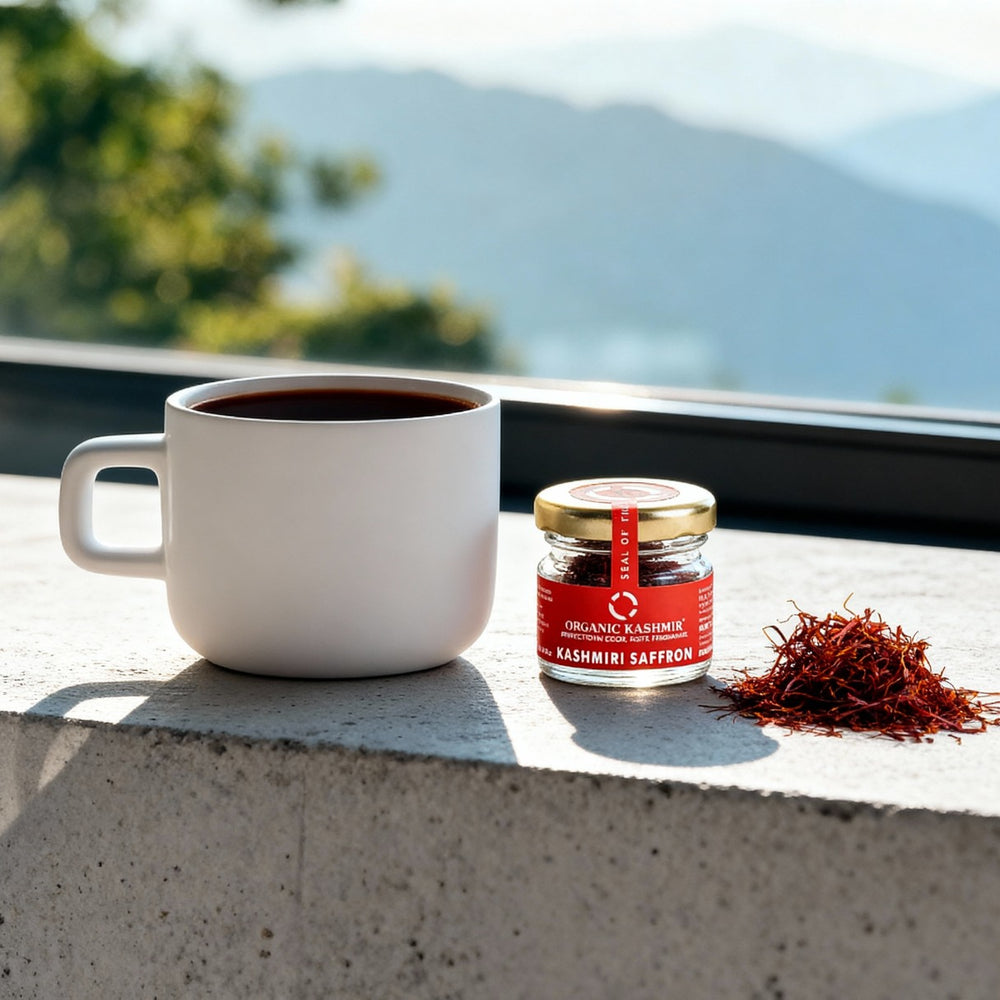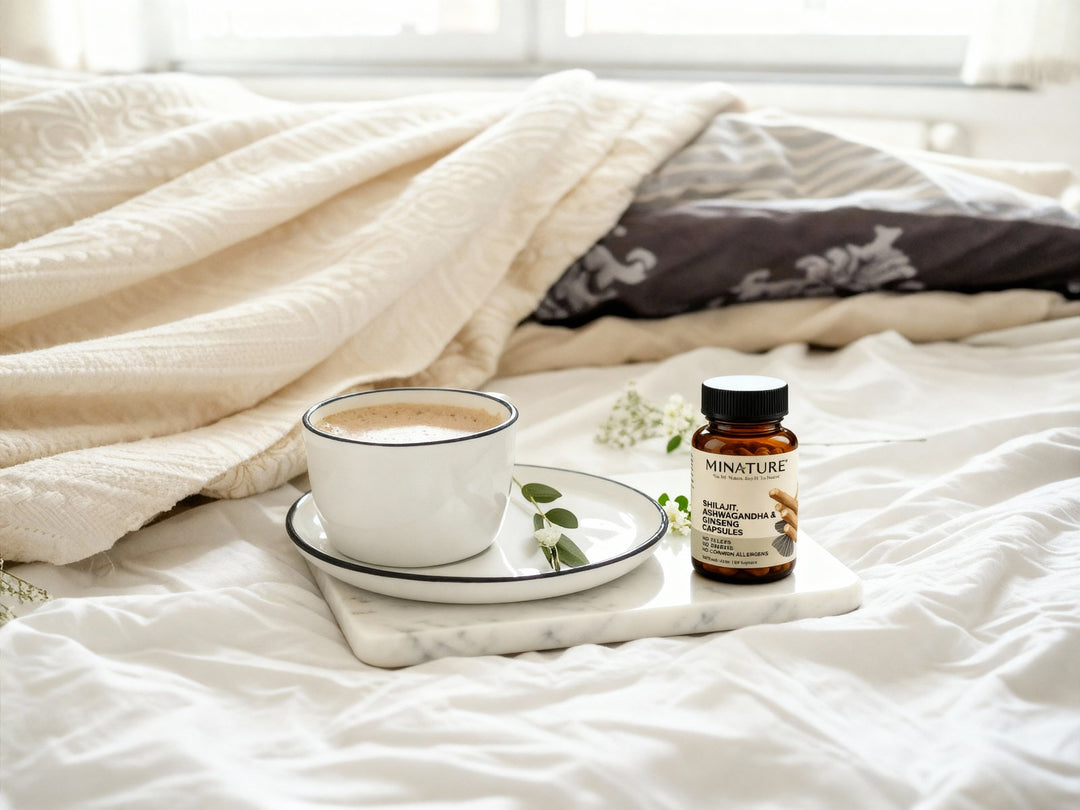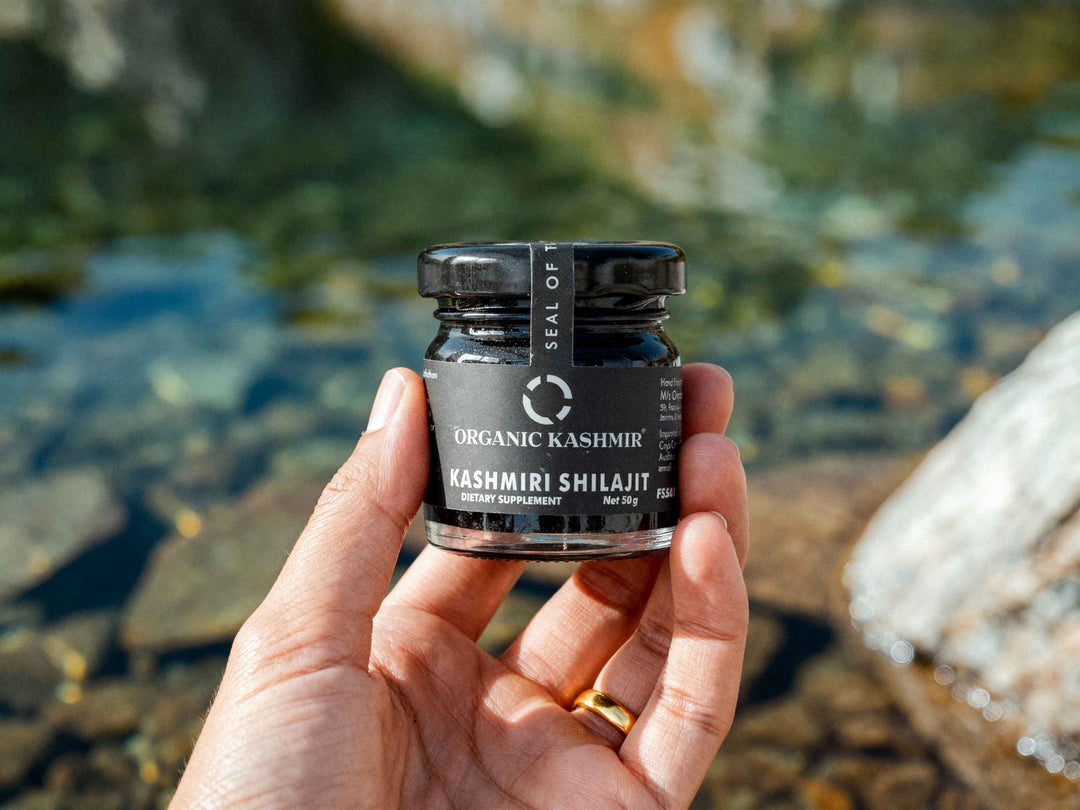IMMUNITY AND AYURVEDA

The global pandemic of Covid19 has drawn the world's attention towards the concept of immunity. People with a strong immune system recover from diseases more quickly, as compared to those with a weak one. Immunity is also known as 'Vyadhikshamatava' in Ayurveda, which refers to the body's ability to resist and combat diseases. It is also known as 'Ojas.'
Ojas is regarded as the primary unit of the body's immune system. These units, when combined with blood, circulate throughout the body, forming our body's defence system. It is the first thing that develops after zygote formation (sperm- ova fusion), which leads to the formation of all other body components (dosha, dhatu, updhatu). Ojas is the purest form of our digested and assimilated food. We are created by it, we live because of it, and we die if it is destroyed. That is why, it is our primary responsibility to preserve our Ojas, i.e., to boost our immunity, also referred to as 'Bala' in Ayurveda.
Immunity, according to Acharya Sushruta, provides proper musculature, gives energy to carry out all types of activities, makes our skin glow and voice strong. It directs our five senses (Indriya) and the mind, to their respective tasks.
It can be seen, that not everyone has the same level of immunity. Some people get sick frequently, and are more susceptible to infections, despite taking all precautions and following suitable routines, while others can easily ward off diseases. The nature of any ailment, whether acute or chronic, treatable or untreatable, are all questions that the Ayurvedic perceptions of immunity can address.
In Ayurveda, immunity is of 3 types;
1) Sahaj bala i.e., natural or innate immunity.
2) Kalaj bala i.e., according to time of the day, age and season.
3) Yuktikrata bala i.e., acquired immunity.
Let us now study each of these types in detail:
1) Sahaja bala-
This is an inborn, distinctive property of a person, that exists within the body since birth. It is due to a state of equilibrium between the doshas and dhatus. Our innate strength to combat diseases rises as our dhatus grow stronger. Sometimes, a child born is allergic to a specific substance, is extremely weak after birth, or is born with an illness. This is due to a fault in the parents' genetic composition, which cannot be corrected, but can be averted later with proper treatment, thereby reducing the chances of the following generations inheriting the same abnormality.
2) Kalaja bala-
It is dependent on the time of day, the ongoing season, and the present age of the person. We feel more energized in the morning, compared to during the day, and we feel practically exhausted at night. Bodily strength is the greatest during youth period, followed by during childhood, and is lowest in old age. According to Ayurveda, there is this beautiful notion that immunity is influenced by change in seasons (shadaritu). It is said that our immunity is most powerful during winters (hemant and shishir), medium during autumn and spring (vasant and sharad), and lowest during summers and rainy season (grishma and varsha).
c) Yuktikrita bala-
Acquired strength is based on healthy eating habits, activities such as completing exercises with proper form and resting in between, and the use of ayurvedic formulations such as immunomodulators, antioxidants, and others known as Rasayana and Vajikarana. By replenishing deficits in defective dhatus, these compositions revitalize the body, thereby enhancing the overall body performance. As a result, synchronization of a well-balanced diet, exercise, and nutritional supplementation can boost a person's acquired immunity.
Compactness among all the above types indicates the healthy state of the body and mind.
Overall, following are the obvious and subtle factors that are responsible for the build-up or decline of our immunity:
- Equilibrium of the Doshas within us.
- Our Deha Prakriti (natural, pre-dominating body constitution), Desha and Bhoomi (place of birth, work, living). For example: Kapha dominating body and area tend to have a better immune system than Vata dominating one.
- Agnibala (digestive power).
- Suitable contact of sensory organs (gyanendriyas, karmendriyas, and mana) to their subjects.
- Balance of Ojas (the essence of our Dhatus or body tissues).
These factors can be improved by:
- Well balanced diet.
- Yoga and other exercises.
- Proper nutrition to mother during pregnancy and to child after birth.
- Optimistic behaviour, as it increases Ojas.
- Meditation for spiritual growth (raising satva and diminishing tamas).
- Affective harmony.
- Financial stability.
- Good karma.
- Happy social environment.
- Use of Ayurvedic Rasayanas.
- Early diagnosis and proper treatment of diseases also helps prevent damage to the body.
- Incorporation of natural immunity boosters in daily life.
Remember, our State of Mind (or Mansika Doshas) can also significantly affect our well-being, i.e., a healthy mind keeps the body healthy.
Ayurvedic solution does not kill an infection like antibiotics do. Instead, it strengthens the body’s immune system to fight diseases, by suggesting internal healing.
- Gargling with a pinch of salt or Turmeric powder added in lukewarm water, the first thing in the morning.
- Drinking lukewarm water in the morning, on an empty stomach.
- Using Beleric Powder, also called Baheda powder, with honey or with warm water after meal. It is highly beneficial for cold, allergy-related diseases, and constipation.
- Using Ashwagandha powder with warm water before sleep.
- Using organic mustard oil for cooking.
- Adding a pinch of cinnamon powder in tea/coffee/milk before consumption.
- Use of honey and ginger powder during allergies, due to seasonal variation.
- Using Triphala powder with warm water, before sleep.
- Intake of Amla powder with warm water, after meal.
- Avoiding the consumption of alcohol and smoking.
- Using ginger, black pepper, cloves, turmeric, tulsi, cardamom, bay leaves, etc. in the diet.
Any of the above-mentioned remedies, if taken in an appropriate amount, is considered good for health, but excess intake can be hazardous too.
(All mentioned drugs are easily available on our site and are highly recommended for a healthy lifestyle)
REFERENCES:
Textbook of PS Byadgi, Charak Samhita, Sushruta Samhita
IMAGE COURTESY:
Photography by: Mr. Reed Geiger
Author: Dr. Monika Mittal, BAMS
Editor: Debleena Chatterjee







